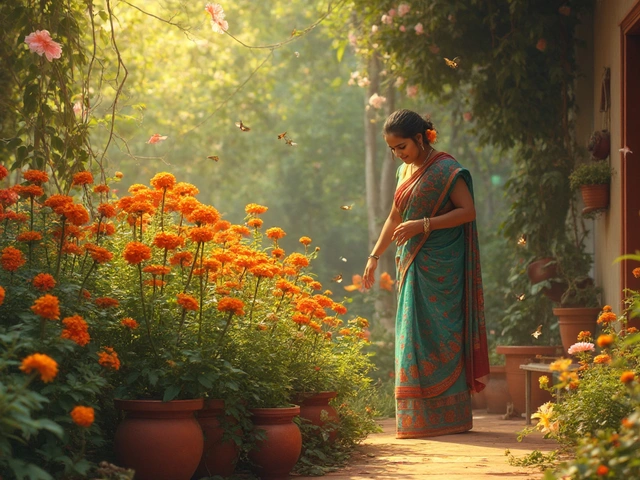Water Efficiency: Simple Ways to Save Water in Your Garden
If you’re tired of watching water bills rise while your garden stays parched, you’re not alone. Indian gardeners face hot summers, monsoons, and everything in between, so getting the most out of every drop is a must. Below you’ll find clear, no‑fluff tips that work for balconies, backyards, and small farms.
Why Water Efficiency Matters
Water isn’t just a cost issue – it’s a resource that’s getting tighter every year. Over‑watering can drown roots, invite pests, and waste precious rainwater that could refill your well. By using water efficiently you protect the soil, keep plants healthier, and reduce the strain on local water supplies.
Top Water‑Saving Techniques
1. Switch to drip irrigation. Drip lines deliver water straight to the root zone, cutting evaporation by up to 70 %. Our guide on How Deep Should Drip Irrigation Lines Be Buried? shows the best burial depth for different soils, so you can install a system that lasts.
2. Water early or late. The sun’s heat speeds up evaporation, so aim to water around dawn or dusk. A quick 15‑minute soak is better than a long, slow soak in the afternoon.
3. Use mulches. A thin layer of straw, coconut coir, or dry leaves keeps the soil cool and stops water from escaping too fast. It also adds organic matter as it breaks down.
4. Group plants with similar needs. When you plant tomatoes next to beans, they both like a steady moisture level. This way you can set one watering schedule instead of juggling a dozen.
5. Collect rainwater. A simple barrel under the eave can store enough water to cover several weeks of watering for a small garden.
6. Check soil moisture. Stick your finger 2‑3 cm deep; if it feels dry, it’s time to water. For larger plots, a cheap soil moisture meter gives a quick read.
7. Choose drought‑tolerant varieties. Some Indian cultivars, like certain millets or native grasses, need far less water than exotic imports.
These tricks work together, so you don’t have to pick just one. Start with the easiest – maybe add a layer of mulch and set a timer for early morning watering – and build from there.
Need more details? Our article Drip Irrigation: Why Isn’t Everyone Using This Efficient Watering System? dives into common myths that stop people from going drip. If cost is a worry, read Why Is Drip Irrigation So Expensive? for ways to trim the price without losing performance.
Remember, water efficiency isn’t a one‑time project. Check your system each season, adjust for monsoon rains, and keep an eye on plant health. Small, consistent changes add up to big savings and a greener garden.
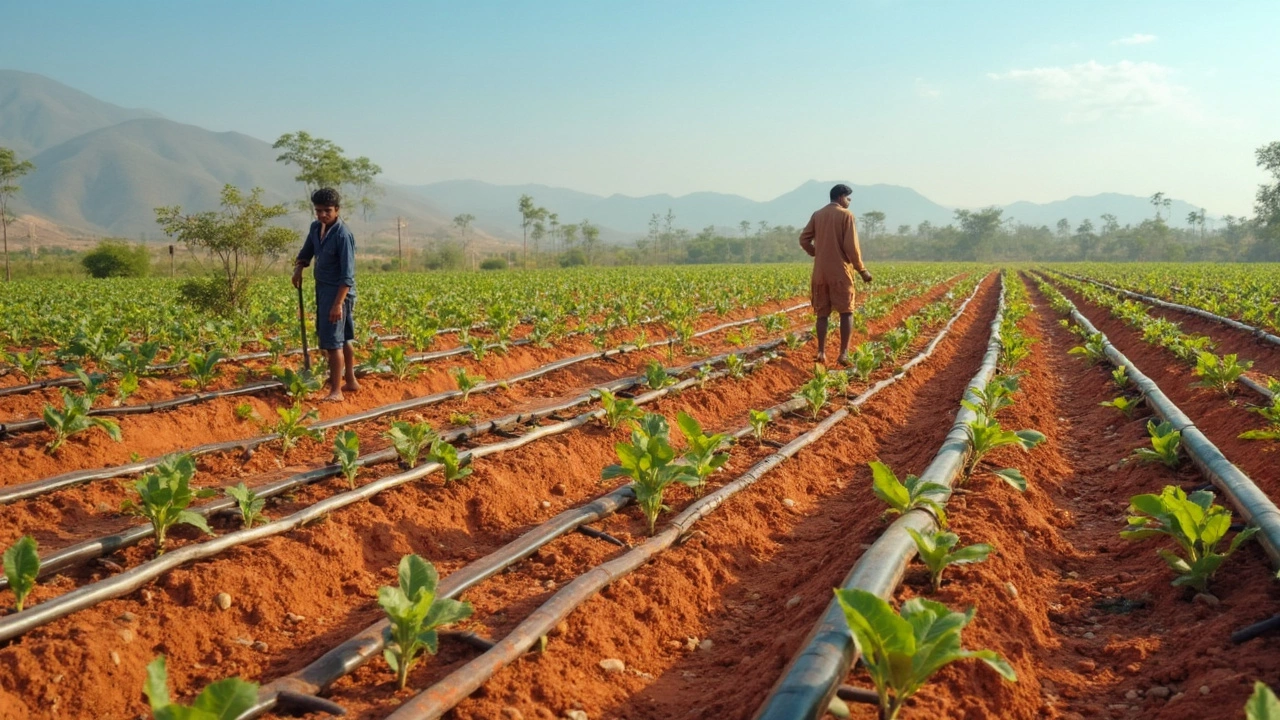
Drip Irrigation Drawbacks: What You Need to Know
Drip irrigation is often praised for its water efficiency, but it's not without its downsides. This article explores the practical disadvantages of drip irrigation, including initial costs, maintenance requirements, and potential for system blockages. Understanding these challenges allows farmers and gardeners to make informed decisions about whether this system suits their needs. We'll delve into the complexities involved and provide tips to mitigate some common issues.
About
Drip Irrigation
Latest Posts
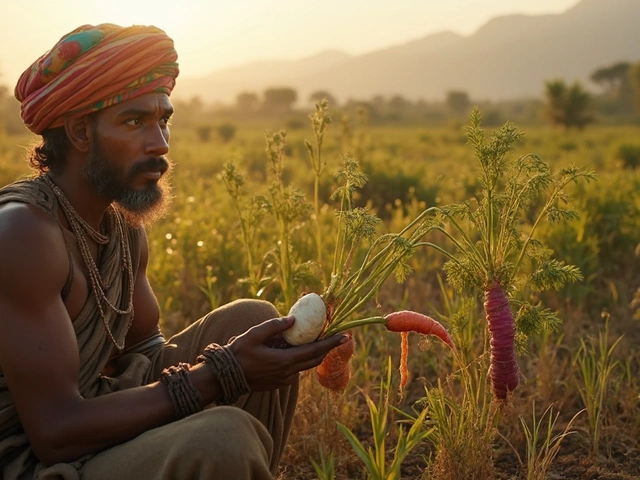

Why Do We Cry While Cutting Onions? Exploring the Science and Solutions
By Alden Thorne Feb 27, 2025
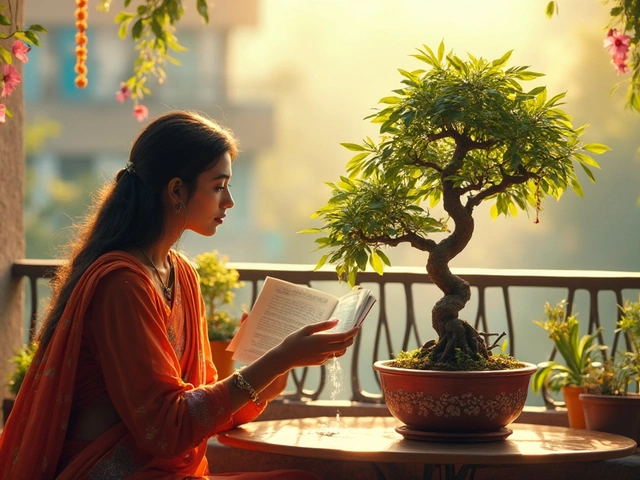
Bonsai Care for Beginners: Simple Steps to a Healthy Tree
By Alden Thorne Apr 29, 2025
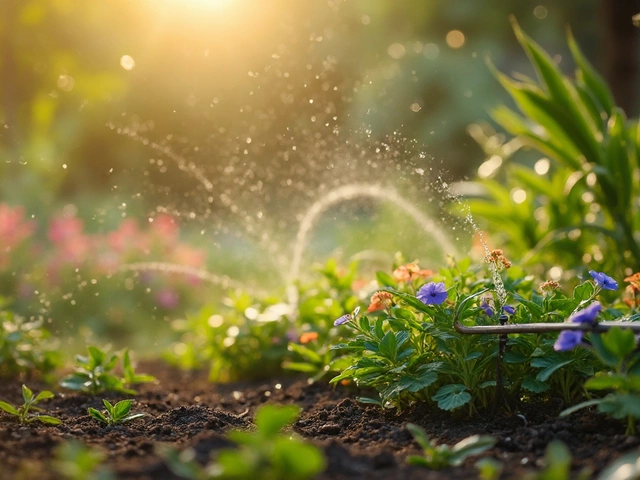
Dripper vs. Emitter: What's the Difference in Drip Irrigation?
By Alden Thorne Mar 26, 2025
